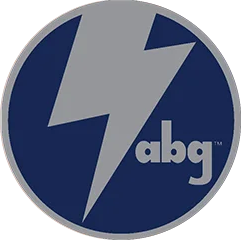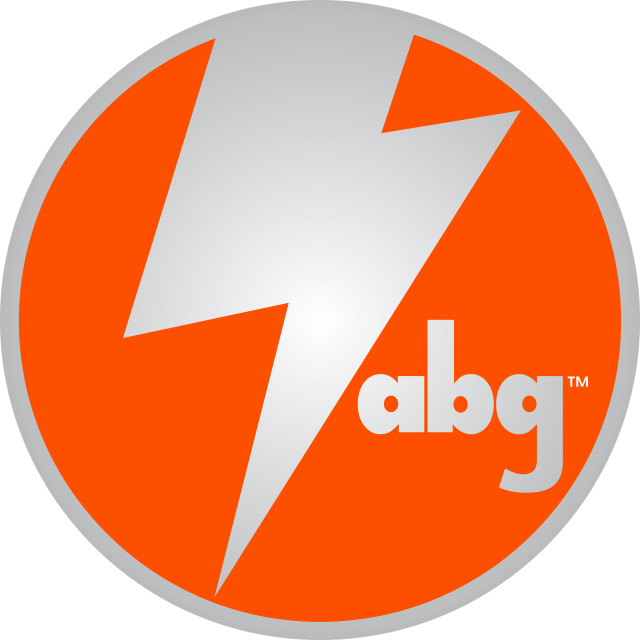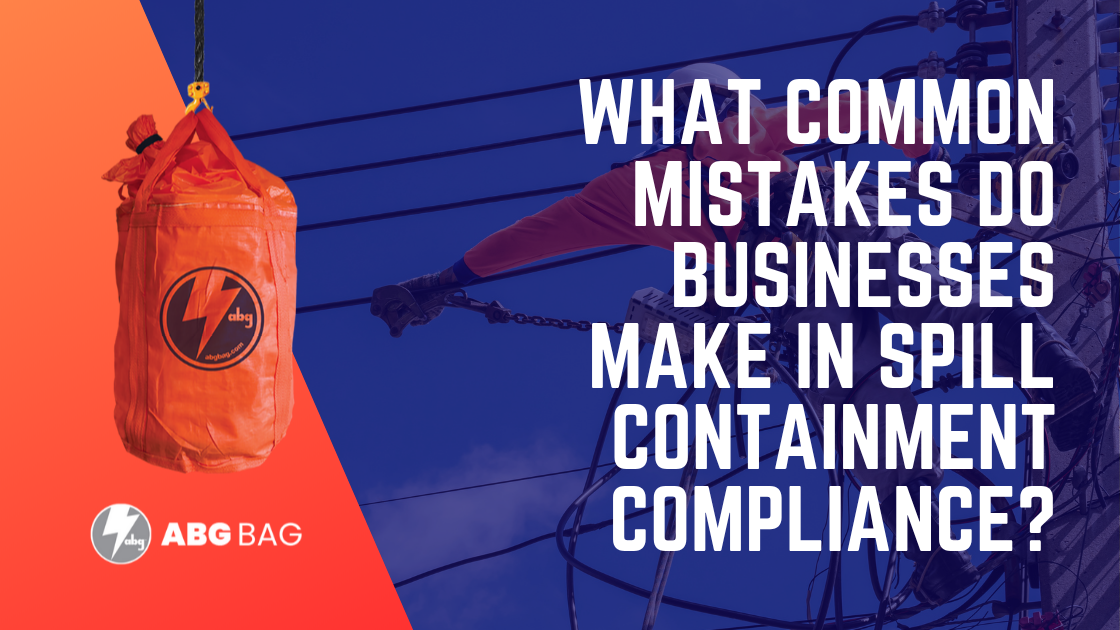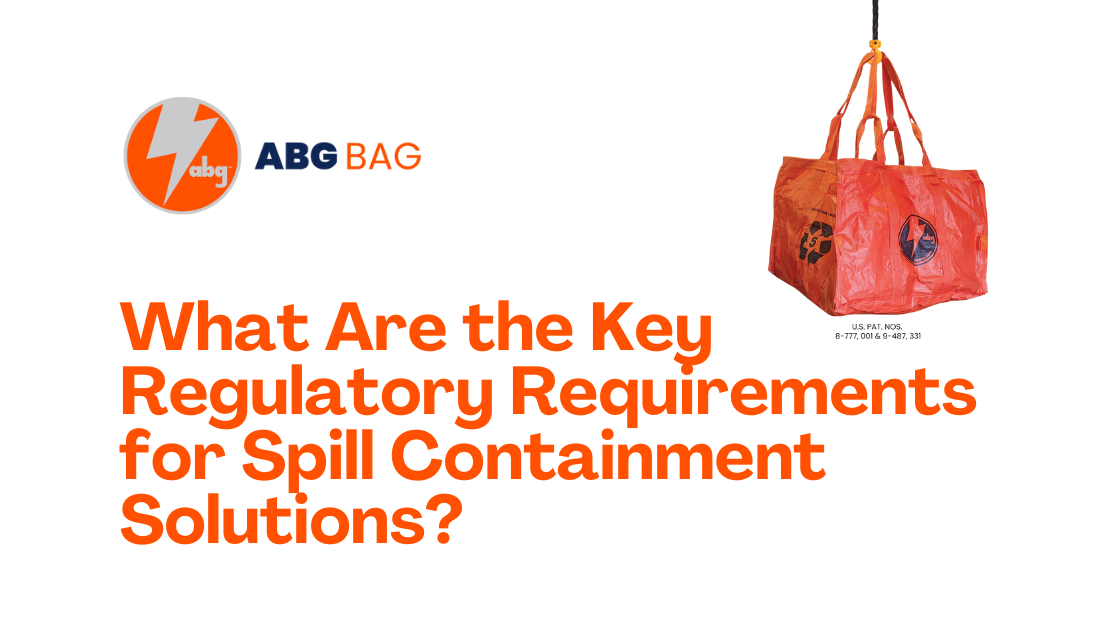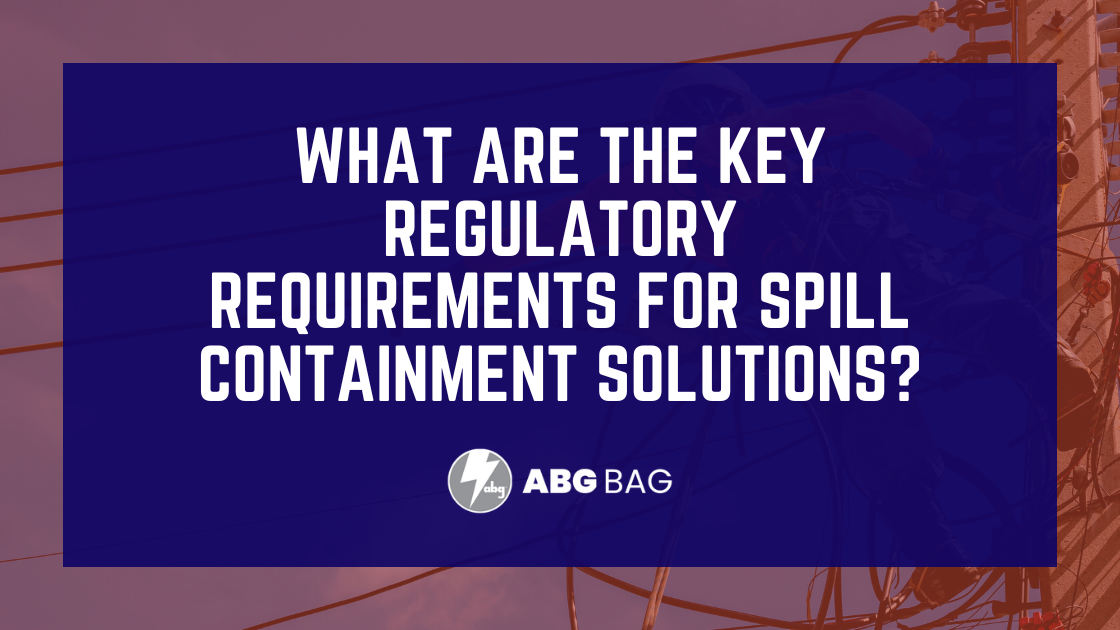
What Are the Key Regulatory Requirements for Spill Containment Solutions?
Spill containment is more than a best practice—it’s a legal requirement. Whether you’re transporting transformers, handling used oils, or storing other hazardous materials, compliance with federal environmental and transportation standards is critical. Regulatory frameworks like the Department of Transportation (DOT), the Environmental Protection Agency (EPA), and the Toxic Substances Control Act (TSCA) set strict guidelines for how spills are prevented, contained, and reported.
Utilities, contractors, and environmental response teams rely on DOT Containment Solutions and EPA Containment Solutions to ensure their equipment and practices meet these evolving regulations. Understanding the key requirements helps organizations avoid violations, reduce environmental risks, and protect public safety.
Understanding the Purpose of Spill Containment Regulations
Spill containment regulations are designed to prevent hazardous materials from polluting soil, water, and air. These rules apply to any organization that stores, transports, or disposes of substances like transformer oil, fuels, or chemical residues.
For utilities, the focus is often on transformer spill containment—ensuring that potential leaks from transformers, whether during operation or transport, don’t lead to environmental contamination. Transformer fluids may contain PCBs (polychlorinated biphenyls), which are regulated under TSCA. Even non-PCB oils must be properly contained to meet EPA standards.
The overarching goal of containment regulations is clear: prevent environmental release at every stage—storage, handling, transportation, and disposal.
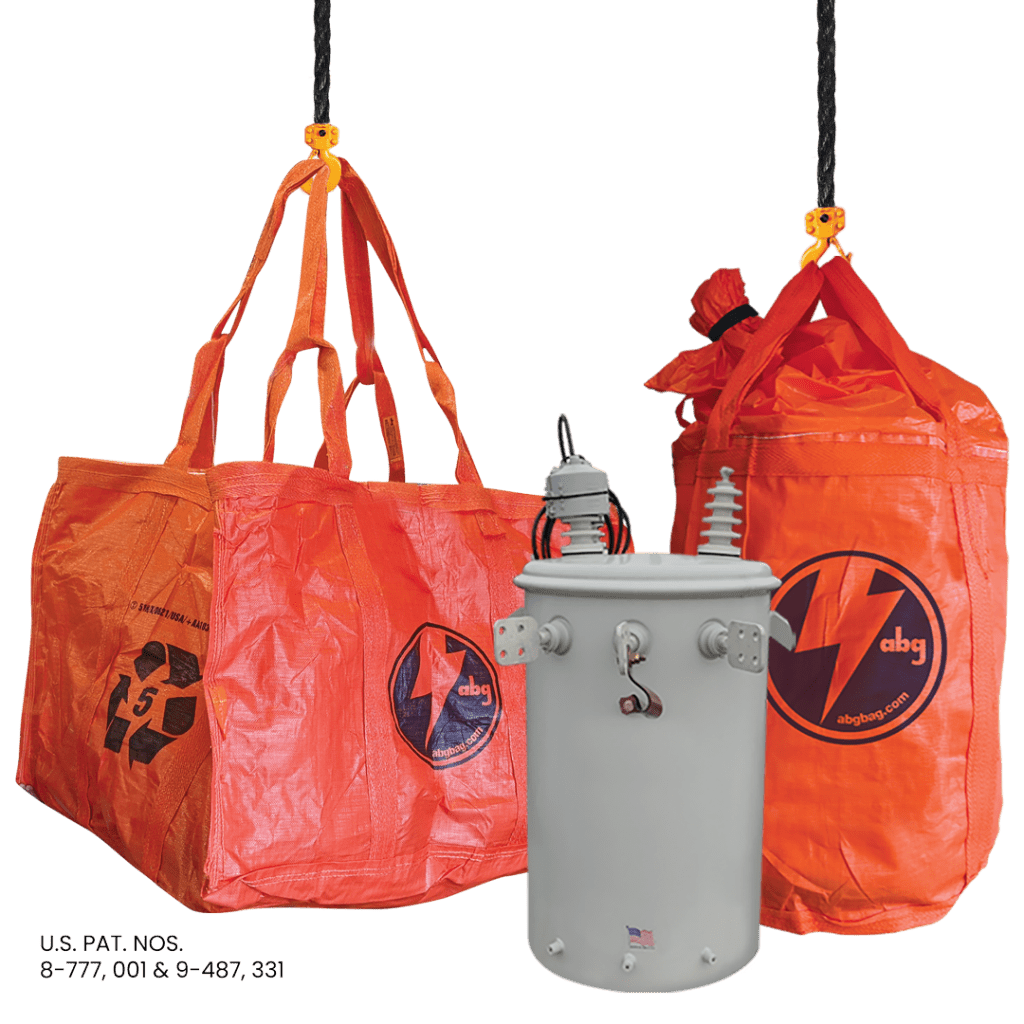
Key Regulatory Agencies and What They Require
Several federal agencies oversee spill containment compliance, each with distinct but complementary responsibilities.
1. Department of Transportation (DOT)
The DOT regulates the transportation of hazardous materials through the Hazardous Materials Regulations (HMR). These standards dictate how materials are classified, packaged, labeled, and contained during shipment.
For transformer-related transport, Transformer DOT Containment systems and DOT hazmat containment bags ensure that potential leaks or ruptures during transit don’t result in contamination or safety hazards. The DOT requires that containment products used in transport be UN-compliant containment bags, meaning they meet rigorous performance testing for strength, puncture resistance, and chemical compatibility.
Failure to comply with DOT regulations can result in substantial fines and penalties, not to mention the reputational damage that comes from mishandling hazardous materials.
2. Environmental Protection Agency (EPA)
The EPA enforces spill prevention and response under several programs, most notably the Spill Prevention, Control, and Countermeasure (SPCC) rule. This rule requires facilities that store significant quantities of oil or hazardous substances to implement containment systems that prevent discharges into navigable waters.
For utilities, Transformer EPA Containment solutions—like secondary containment basins, drip pans, and sealed containment bags—help meet these requirements. EPA containment systems are evaluated on their ability to prevent oil or fluid release under realistic conditions, including storms, overflows, and equipment failures.
By implementing EPA-approved solutions, organizations reduce liability and strengthen their environmental stewardship.
3. Toxic Substances Control Act (TSCA)
TSCA regulates the manufacture, use, and disposal of chemical substances, including PCBs found in some older transformers. TSCA containment solutions are designed to ensure that any transformer containing or previously exposed to PCBs is properly sealed and managed throughout its lifecycle.
Compliance requires the use of materials and containment products capable of resisting degradation from chemical exposure while also meeting disposal and labeling standards.
Utilities that handle decommissioned or refurbished transformers must ensure that every step—from removal to transport—is backed by TSCA-compliant containment to avoid federal violations.
Integrating Compliance Across DOT, EPA, and TSCA Standards
While each agency has its own regulations, the most effective compliance strategy integrates them. A containment solution that meets DOT, EPA, and TSCA standards provides complete assurance that all aspects of handling, transport, and storage are covered.
This integrated approach minimizes the risk of regulatory gaps—such as meeting DOT transport requirements but failing to comply with EPA spill prevention rules. Using products like Utility spill containment products designed for cross-agency compliance ensures long-term protection and simplifies reporting.
Organizations can explore a full overview of these regulations in A Complete Guide To Regulatory Spill Containment Solutions, which breaks down the specific standards and testing requirements for different containment products and applications.
Common Applications of Regulatory Containment Products
Utilities and environmental service providers use regulatory containment products in a variety of scenarios, including:
- Transformer transport: Using hazardous material transport containment and DOT hazmat containment bags to prevent leaks during shipment.
- Field repairs and replacements: Deploying portable containment bags to safely handle and store removed transformers or components.
- Storage yards: Using Transformer EPA Containment solutions to protect soil and groundwater from leaks while transformers await installation or recycling.
- Disposal and decommissioning: Ensuring TSCA containment solutions prevent any potential release of PCBs or residual oils during final handling.
These applications highlight how regulatory containment products serve both operational and compliance goals.

Why Compliance Is More Than Just Avoiding Penalties
While avoiding fines is important, the real value of compliance lies in risk mitigation and public trust. A single transformer oil spill can lead to significant cleanup costs, environmental damage, and community backlash.
By investing in Transformer DOT Containment and EPA Containment Solutions, organizations demonstrate accountability and environmental leadership. Compliance also ensures readiness during audits or inspections, reducing stress and administrative burden.
The Value of Proactive Containment Planning
Regulations are evolving, and so are the materials and technologies used for spill containment. Partnering with a provider experienced in DOT Containment Solutions and TSCA containment solutions helps organizations stay ahead of new requirements.
Selecting the right Utility spill containment products involves understanding not only what’s required today but also what will be expected tomorrow. A proactive approach ensures uninterrupted operations, environmental protection, and regulatory confidence.
Protect Your Operations and the Environment
Spill containment compliance isn’t optional—it’s essential. Utilities, contractors, and transporters must ensure every piece of equipment meets DOT, EPA, and TSCA expectations.
To learn more about the specific requirements and best practices for your operations, explore A Complete Guide To Regulatory Spill Containment Solutions or speak directly with an expert.
Call 800-758-8079 or send a message through the website to discuss regulatory containment solutions tailored to your compliance needs.
Do You Have Questions?
For inquiries about our products, order status, or any other information related to ABG, send us a message, and we will respond soon.
Sales & Customer Care
Product Questions



